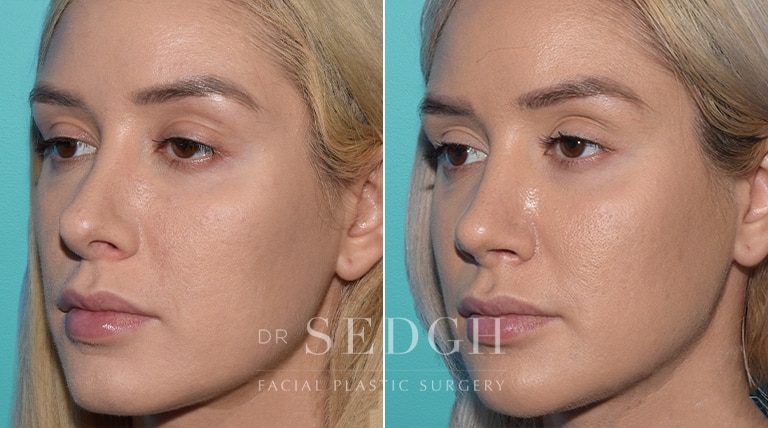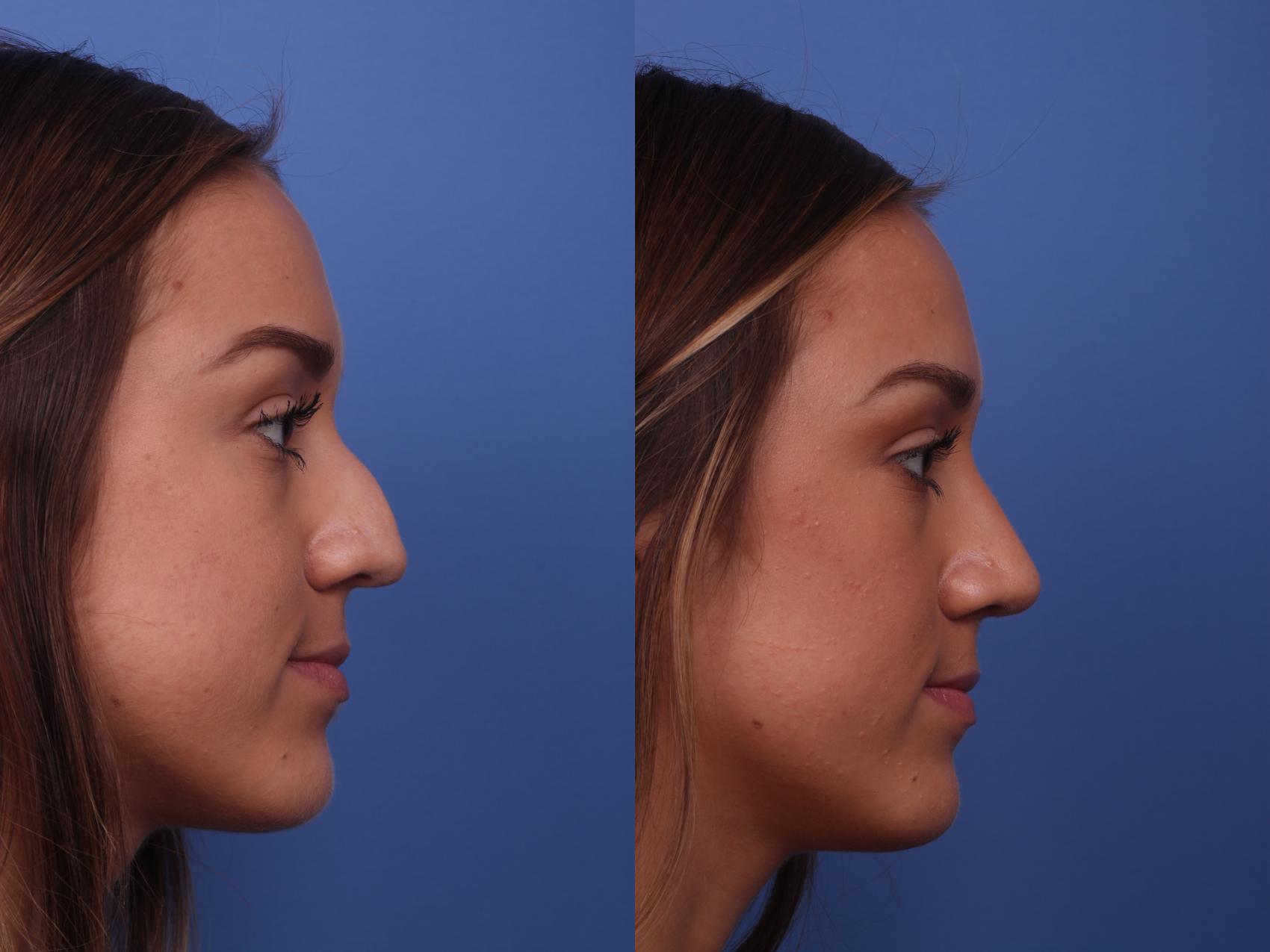All about Rhinoplasty Surgery Effectiveness, Risks, and Side Effects

Indicators on Rhinoplasty - Stanford Health Care You Should Know
In the early 20th century, Freer, in 1902, and Killian, in 1904, originated the submucous resection septoplasty (SMR) treatment for remedying a deviated septum; they raised mucoperichondrial tissue flaps, and resected the cartilaginous and bony septum (consisting of the vomer bone and the perpendicular plate of the ethmoid bone), keeping septal support with a 1.

Eric MJoseph, MD - Rhinoplasty Information DrEric MJoseph

Esthetic Rhinoplasty in the Multiply Operated Nose - Journal of Oral and Maxillofacial Surgery
0-cm margin at the caudad, for which innovations the technique ended up being the fundamental, basic septoplastic procedure. In 1921, A. Rethi presented the open nose job technique including a cut to the nasal septum to help with modifying the tip of the nose. In 1929, Peer and Metzenbaum performed the very first adjustment of the caudal septum, where it originates and predicts from the forehead.
Fascination About Rhinoplasty - Stanford Health Care
Cottle (18981981) endonasally solved a septal variance with a minimalist hemitransfixion cut, which saved the septum; thus, he advocated for the useful primacy of the closed nose surgery approach. In 1957, A. Read This promoted the "decortication of the nose" (Dekortication des Nase) technique which included a columellar-incision open nose surgery that permitted greater access to the nasal cavity and to the nasal septum.
Goodman in the later 1970s, and by Jack P. Gunter in the 1990s. Goodman impelled technical and procedural progress and promoted the open rhinoplasty method. [] In 1987, Gunter reported the technical efficiency of the open rhinoplasty method for performing a secondary nose job; his improved techniques advanced the management of a failed nose surgery. [] Anatomy of the human nose [edit] The structures of the nose [modify] Nasal anatomy: Squamous epithelium is among numerous types of epithelia.

Get This Report about Nose Surgery (Rhinoplasty) - Michigan Medicine
For plastic surgical correction, the structural anatomy of the nose consists of: A. the nasal soft tissues; B. the aesthetic subunits and sectors; C. the blood supply arteries and veins; D. the nasal lymphatic system; E. the facial and nasal nerves; F. the nasal bone; and G. the nasal cartilages. A.
Middle 3rd area the skin overlying the bridge of the nose (mid-dorsal area) is the thinnest, least distensible, nasal skin, due to the fact that it most sticks to the support structure. Lower third area the skin of the lower nose is as thicker and less mobile, since it has more sebaceous glands, especially at the nasal pointer.
